The Lexus LBX has the right chassis but a very frugal powertrain limits its appeal and potential.
The Lexus LBX is an all-new nameplate for the premium Japanese brand, introduced to Malaysia about a year after its global debut. The LBX – or ‘Lexus Breakthrough Crossover’ – represents many things. When dealing with something as unfamiliar as a brand-new model, making comparisons can help to better understand the product’s raison d’être. So let’s make some comparisons to understand why Lexus needed to create something smaller than the UX.
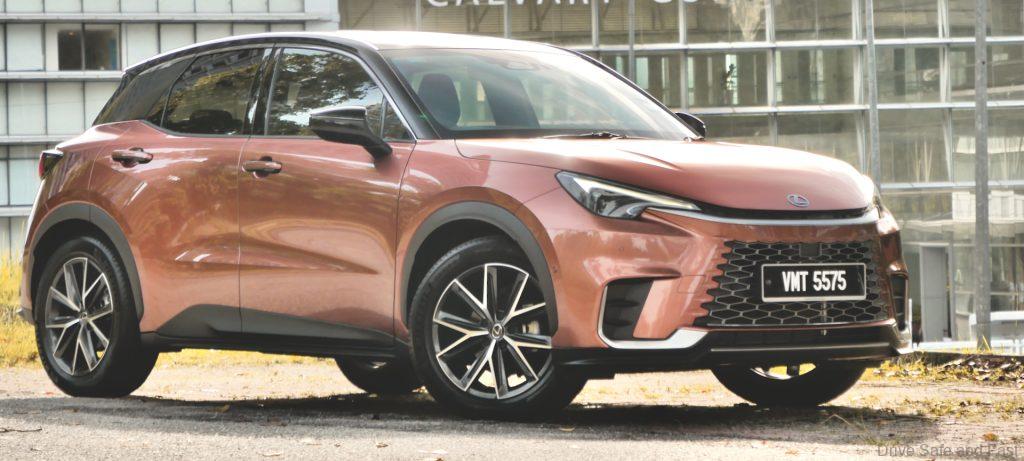
Compared to Price Rivals
For those unfamiliar, this is a compact crossover-hatchback about the size of an Audi Q2 or Mini Clubman. This means the LBX will fall short in many direct comparisons against price rivals like the Mercedes-Benz GLA, BMW X1, and MINI Countryman, as those models offer significantly more power and have a size advantage too. Most of these rivals also come with multiple powertrain options, including tax-free battery electric ones. The LBX is available with a single hybrid powertrain option, at least for now. There’s a performance version that was just launched in Japan, but we’re not sure if it’ll be brought here.


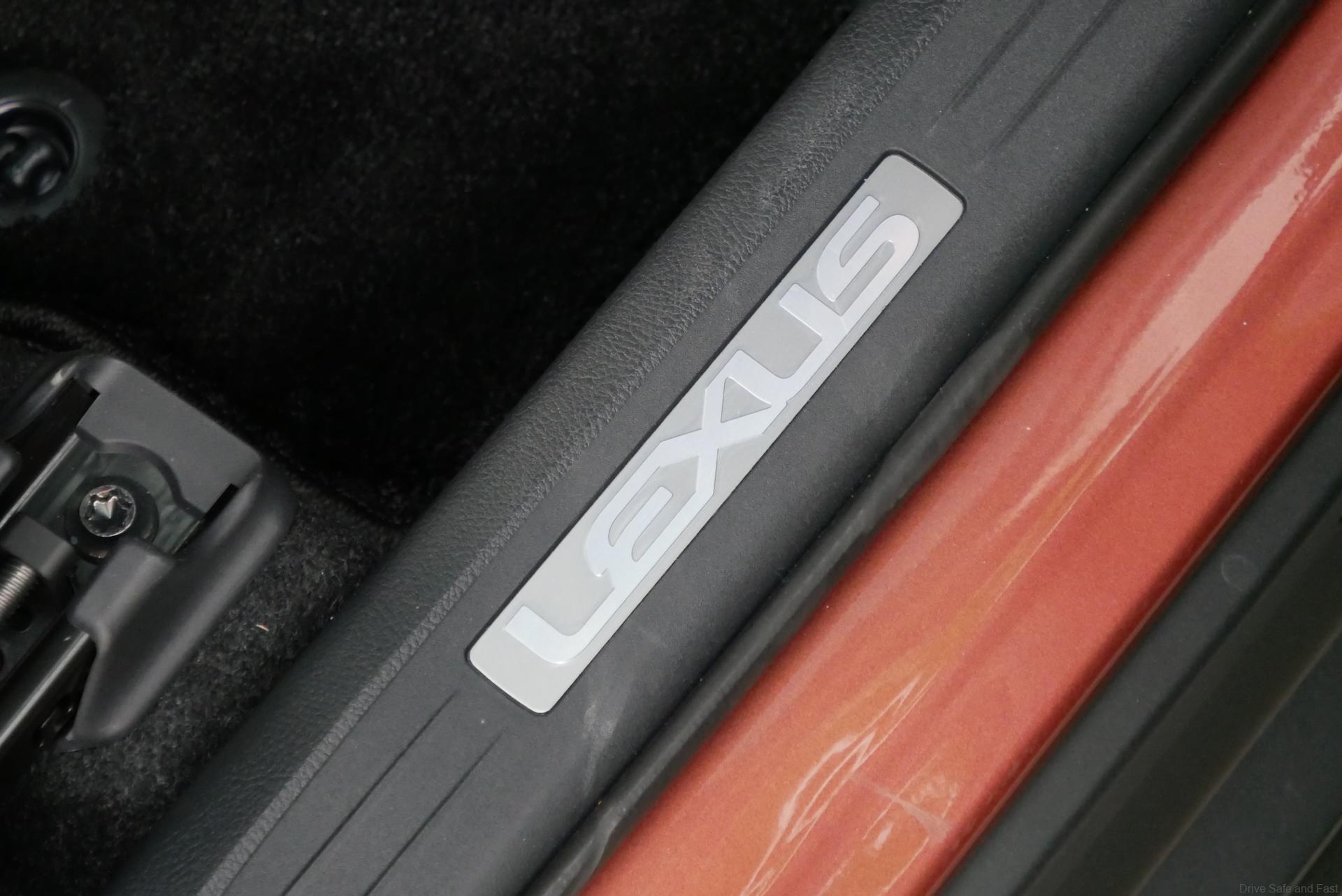
Compared to Lexus & Toyota Models
The LBX is Lexus’ first vehicle to be based on the GA-B skeleton, making it essentially more hatchback than SUV on the spectrum of body styles. Toyota’s Yaris Cross is a distant relative with some similarities, but Lexus has obviously invested a lot of engineering and design work into this car to develop its own Driving Signature and Spindle Body design language. It doesn’t even use the same battery technology as the Yaris Cross Hybrid, indicating that this was not an exercise in maximising part sharing.
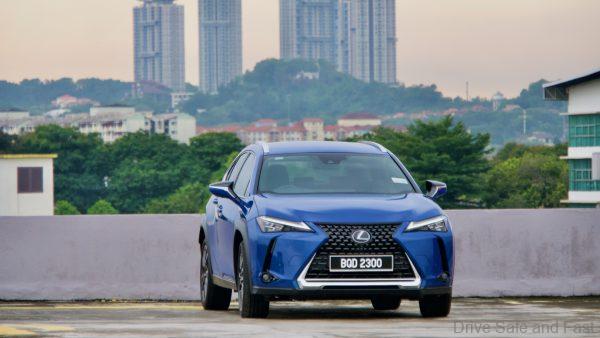

Interestingly, it will completely replace the Lexus UX in Malaysia – another slightly larger crossover that was introduced just 4 years ago. While the UX was a particularly interesting premium compact with its own unique interior materials and design philosophy, the LBX feels much more closely related to its larger siblings like the NX and RX. The distilled brand experience is something we’ll discuss later in the review.
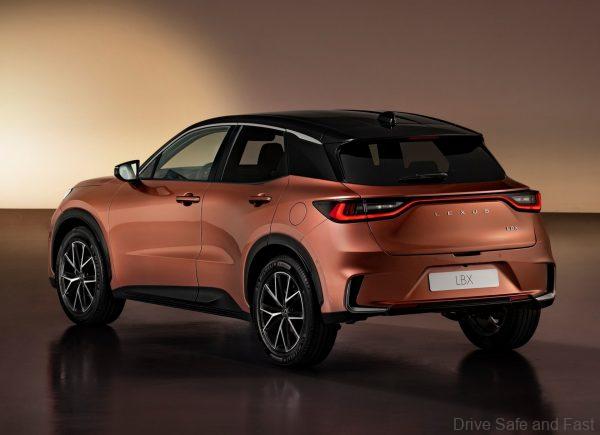
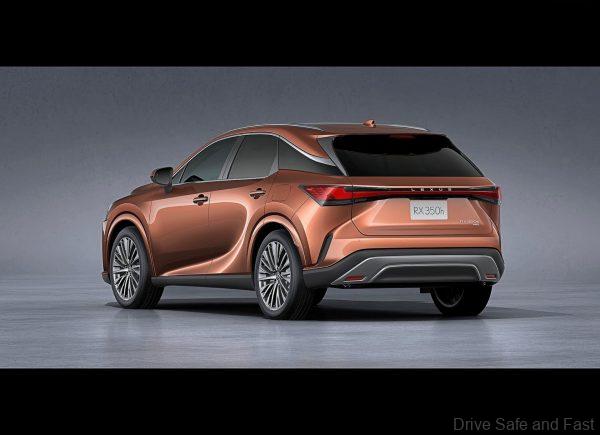
For now, there is another comparison to make before we get started with the review. There’s no denying the similarities between the LBX and CT200h. Of all the models mentioned, the CT200h is probably the closest you can get to conceptualising what exactly the LBX is meant to be. What would the CT200h look like in 2024, incorporating all the lessons Lexus has learned? The answer is this. So if you’re a current CT200h owner or someone who has been waiting for a successor to that compact luxury hybrid, you’re in luck.
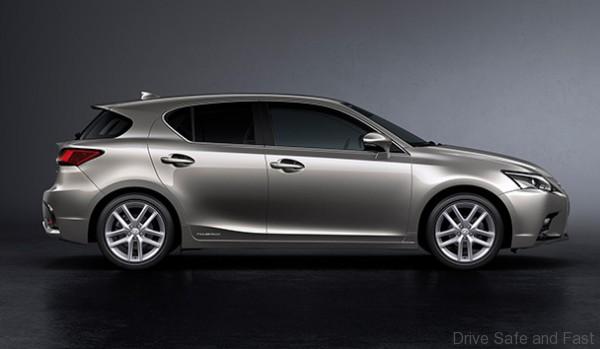
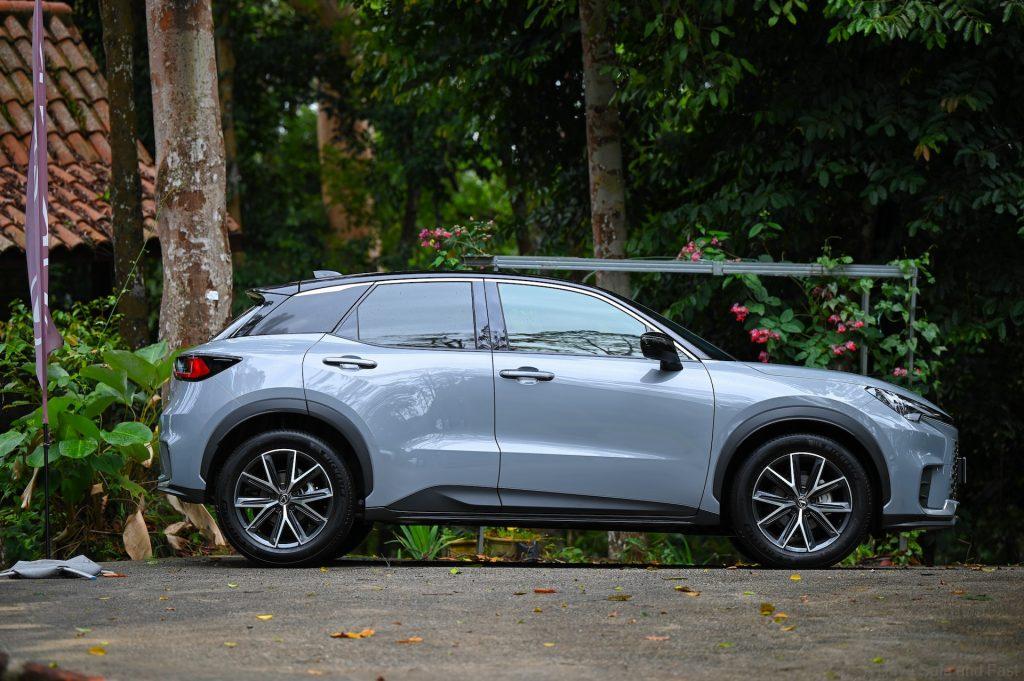
Now that we have some idea of how to conceptualise the LBX, let’s dive into the review.
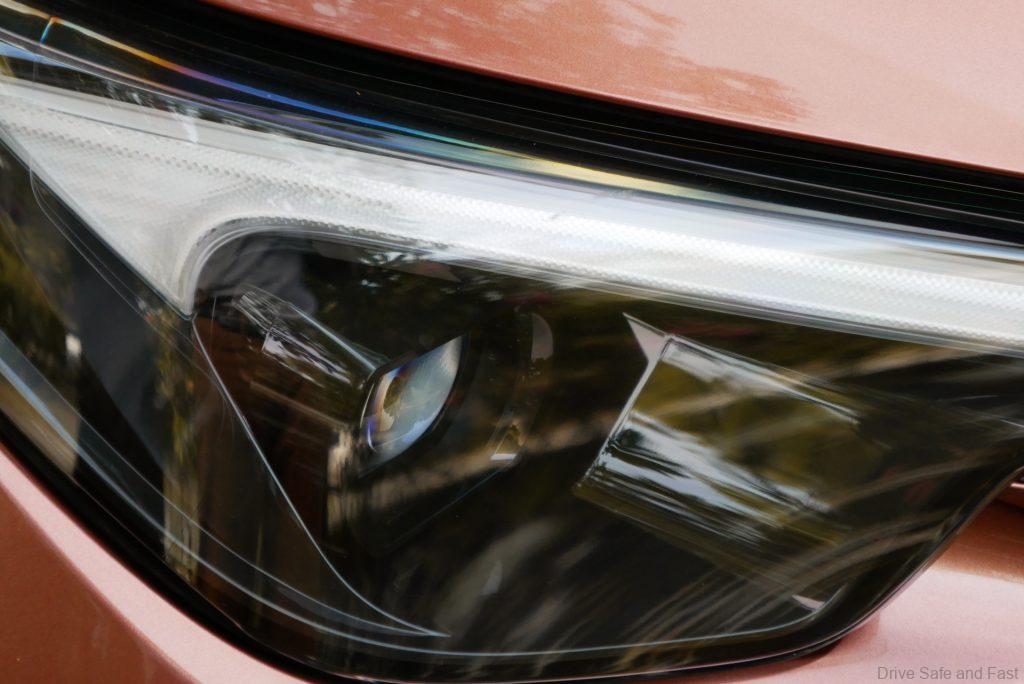
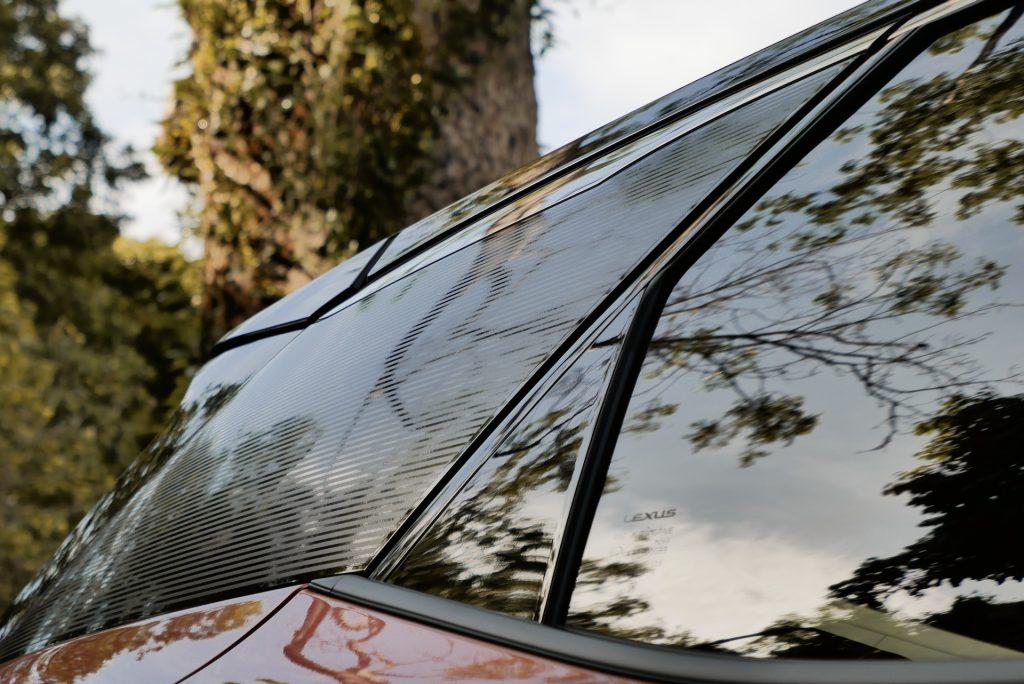

Performance & Driving Character
The LBX features a hybrid powertrain that consists of a 1.5L 3-cylinder Atkinson cycle naturally aspirated petrol engine and an electric motor, which sends power to the front wheels via an e-CVT. This is an extremely fuel-efficient setup, primarily engineered to provide good day-to-day driving with sufficient power to reach the legal speed limit. Even with a week of hard driving, I could not get it to consume more than 7.8L/100km – under normal conditions during the first day of driving, we achieved around 5L/100km, which is excellent. That being said, this powertrain has some weaknesses.
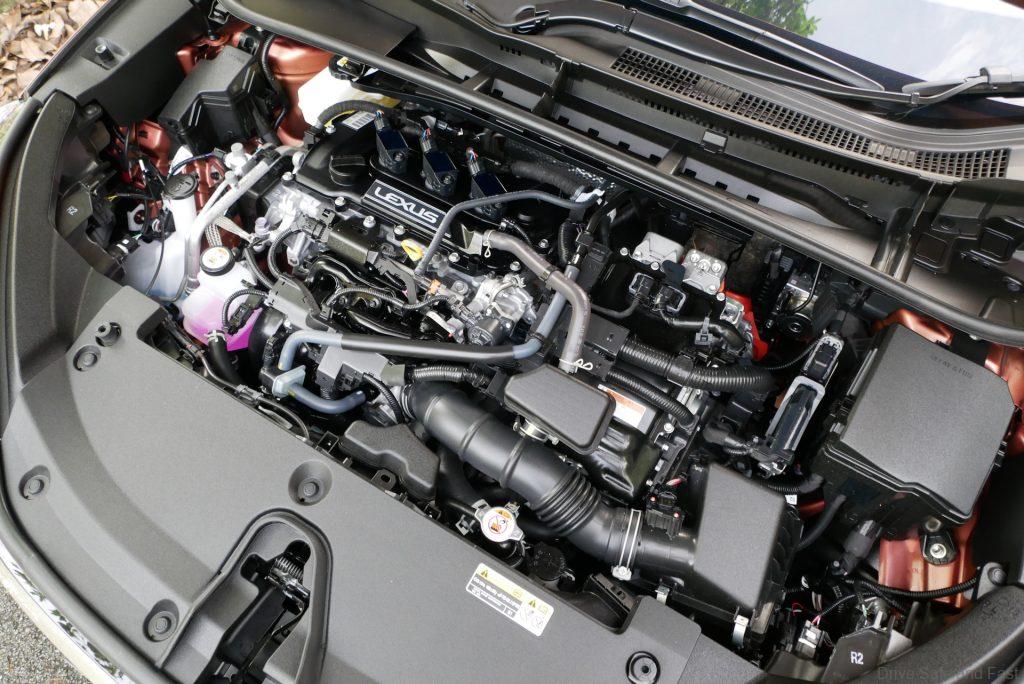
It’s not often Lexus releases a vehicle without a numerical denotation of its engine output. The LFA and the LBX share this in common, but that’s about all they have in common. The output of this powertrain is a little tough to convey in words. You get the strong and responsive torque output of electric motors, but they don’t really have a high power output. This means that the initial jolt from 0-50km/h feels more than adequate in the premium segment, but going from 50-90km/h has the speedo climbing slowly and linearly. The power delivery feels closer to a super high-powered golf cart than a modern electric vehicle, and you have to add in the distant monotonous gargle of the 3-cylinder petrol engine if you’ve got your foot planted to the floor as well.
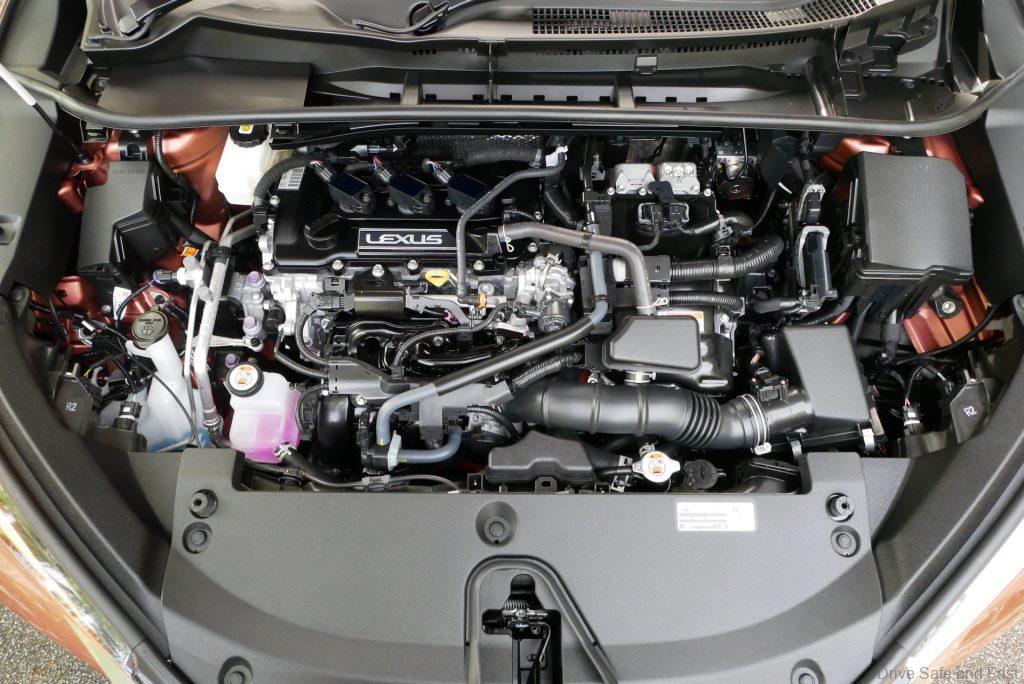
Strangely enough, that’s the only issue we have with the way it drives because the LBX is actually exceptionally well sorted in terms of its chassis. There are no signs whatsoever that there’s a rear torsion beam. Ride and handling are pretty much class-leading for this subcompact premium segment. It’s less harsh than your typical European entry one size larger and PLUS it corners flat and has the kind of steering response we typically see in much sportier entries. This car took me back to my old 1991 Honda Civic EF – a car with an excellent chassis but no power to speak of.
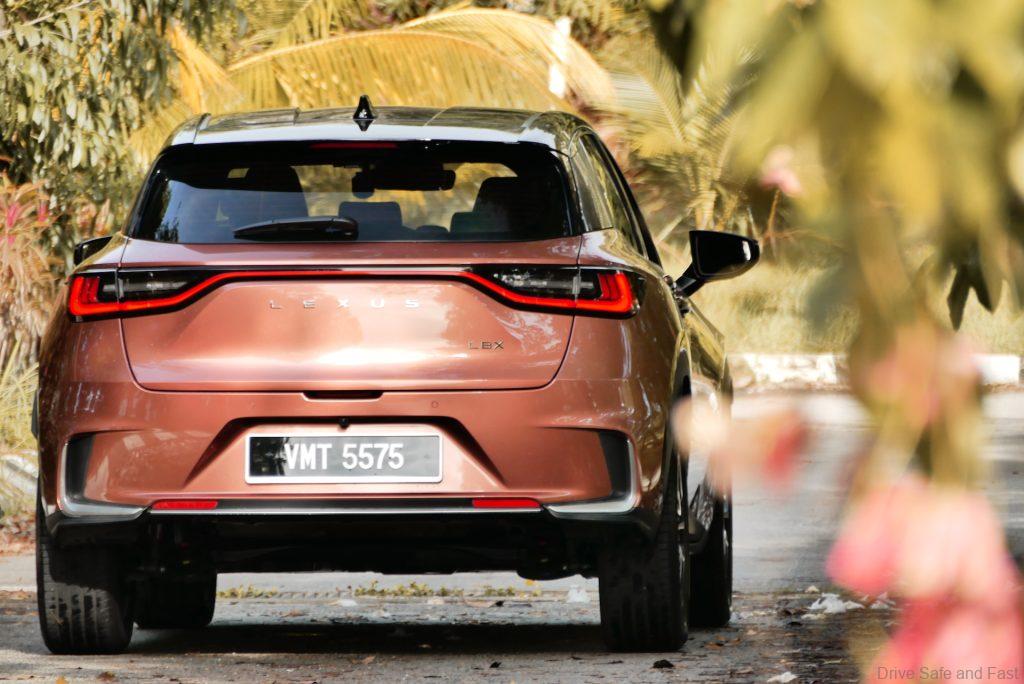
For a while, I pondered whether the LBX’s lack of power was a good or bad thing. My conclusion is this: if you’re strength training, is it better to have excellent form or to be able to lift the most weight? Yes, having a lot of power is impressive and will probably catch the most attention from outsiders. But to the one doing the actual lifting, better form with less weight is the right way to go long term. And so my conclusion for the way the LBX drives must also follow this logic – it has the right formula for an excellent driving vehicle, it just doesn’t have the gusto to reach its full potential. Well, there’s the Morizo RR variant for that, I suppose.


Plus, Lexus didn’t make any promises regarding performance with this car. As we mentioned earlier, there is no power denomination. It doesn’t feel like a ‘200’ or a ‘150’ or a ‘250’ or anything in between. It feels like a CT200h that has been doing Pilates and a bit of cardio, and Lexus was probably right in tuning it this way because the LBX is aimed at the CT200h market. That’s really all I have to say about the way the car drives.



Design & Details
The LBX enters the market alongside the new generation of NX and RX models, allowing designers to integrate their latest design language into every facet. What we see is a significant departure from the UX of just a short time ago. The LBX gets a fresh slate to start on, and what’s really impressive is how well the ‘Lexus’ brand experience trickles down to this tiny 5-door.
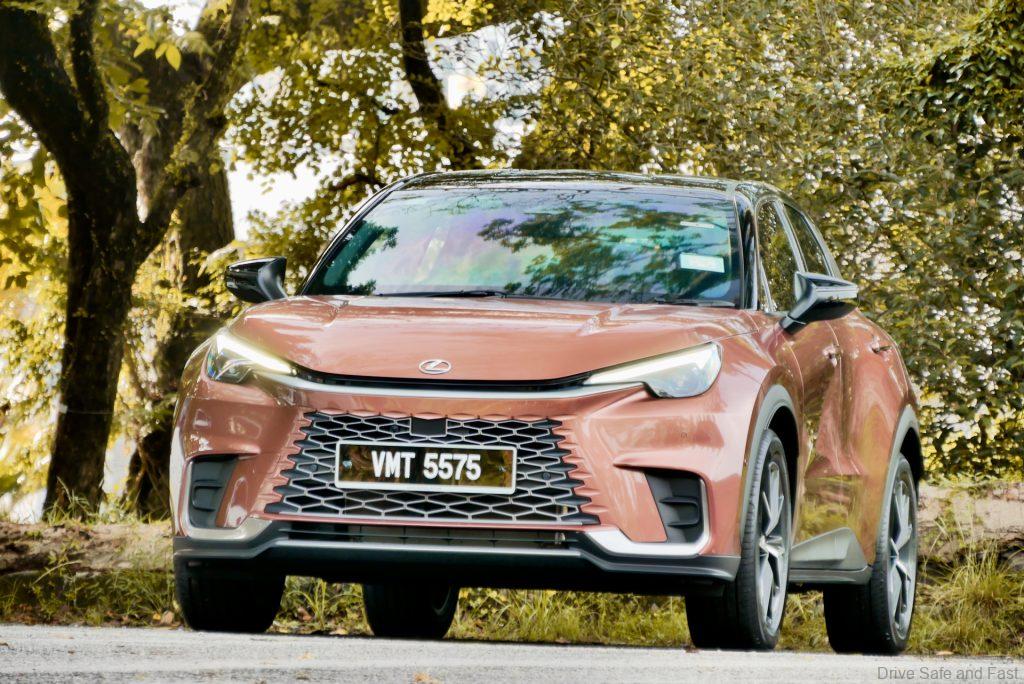
Starting outside, the LBX comes in a wide range of colours, including its hero colour – Astro Gray. However, we specifically asked for Sonic Copper as it highlights the curves of the car under the right lighting. We also picked it because our RX test unit was also in Sonic Copper, and having them both in the same shade would highlight the similarities and differences better for our own personal satisfaction. It should be noted that the contrasting black roof paint option is a cost option.
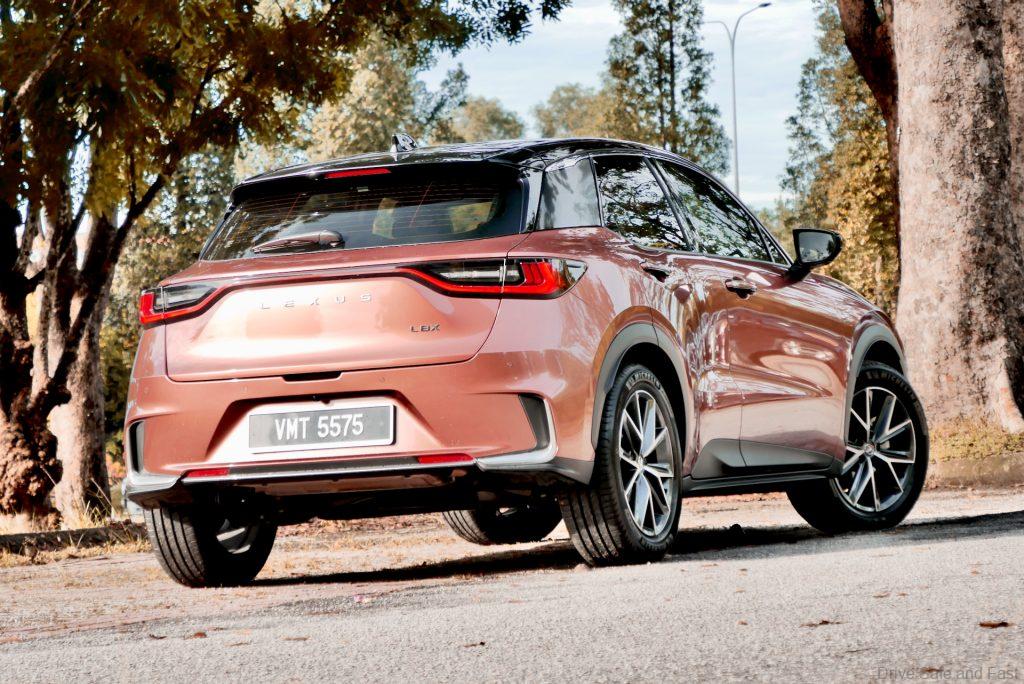
While there are strong family traits, the two SUVs are very distinct in design. There is a general rulebook for this new ‘Spindle Body’ design language that is shared, but the LBX is its own vehicle. The grille blends into the bodywork more subtly than it does on the RX. The headlights connect via a contrasting slit under the bonnet that is absent on the smooth shark-inspired nose of the RX.
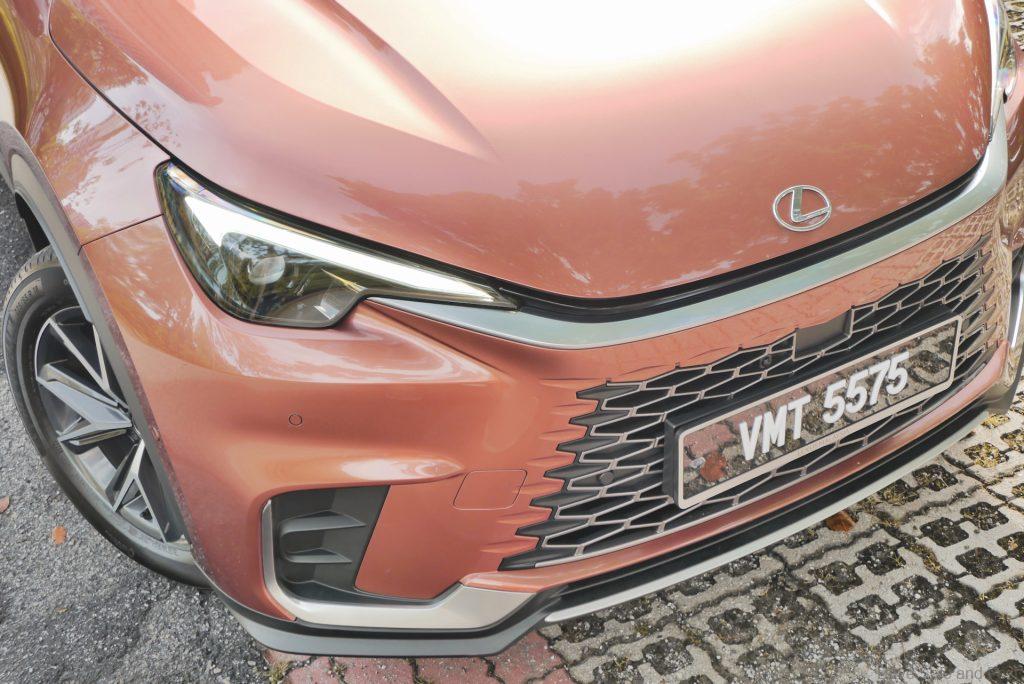
There’s black cladding here to emphasize its crossover body style that is not required on the RX. Even around the sides and back, the two Lexus models take completely different approaches to create a look that is still somehow related. This is the deliberate and meticulous work of an experienced design team, and it really shows.
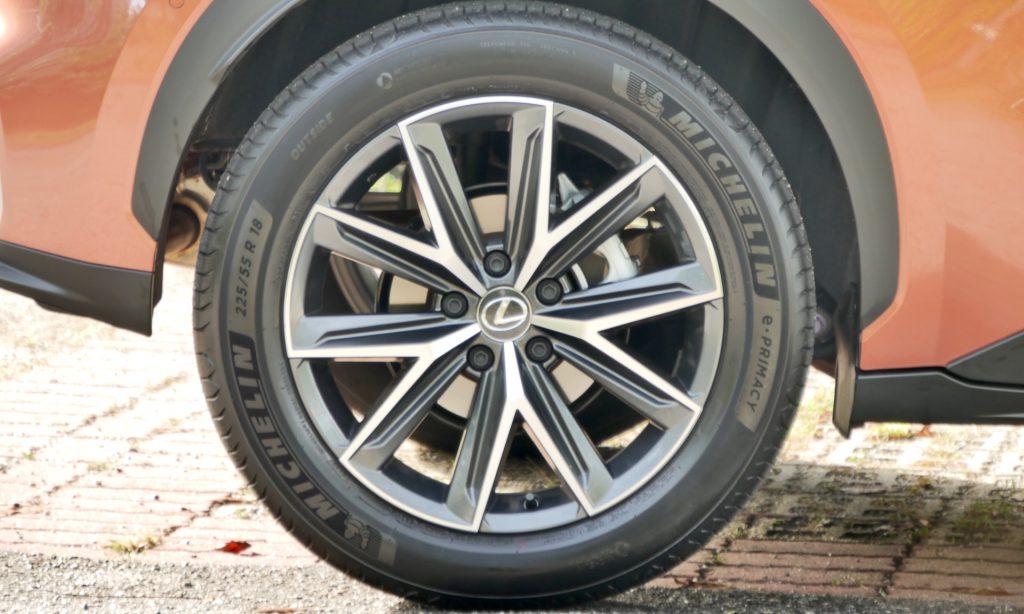
More specifically, the LBX just looks expensive even though it rides on 18” wheels, which is a testament to good design. There’s a smattering of chrome throughout the body, a nice unibrow LED tail strip, and thick, contoured hips that really accentuate the stance of the car. It’s probably the most exciting car to look at, and our only issue with it is the aforementioned 18” wheels that seem at least an inch too small for the asking price. It’s not even that big of an issue, as the wheel design is actually really intricate.
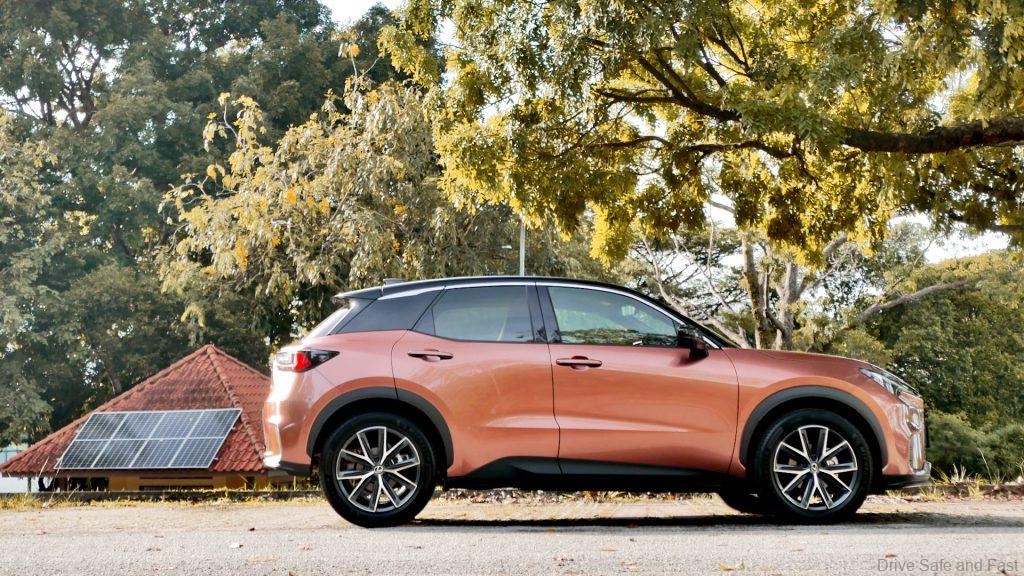
Inside, we see the advantage the LBX has over the UX. It’s still tiny, for sure. The rear is especially small, but I could barely fit in the rear of the UX either. It’s clear this type of vehicle is aimed at successful bachelors, bachelorettes, and couples who don’t plan to have children, which is a growing demographic in the 21st century.




So we won’t fault the rear for being small. In fact, we’ll praise Lexus for delivering some leather on the rear door card where it was left completely unadorned in the slightly larger UX.
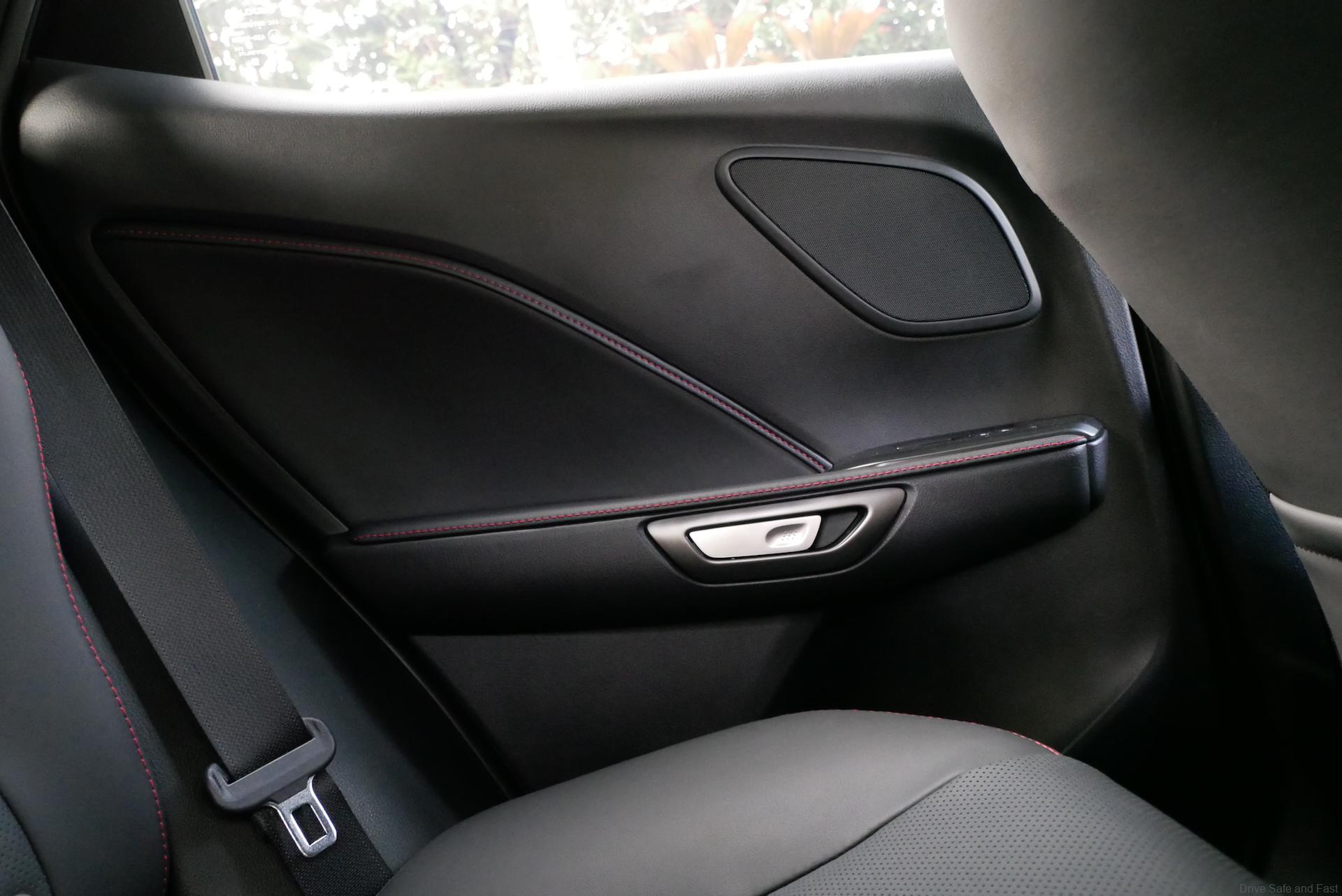


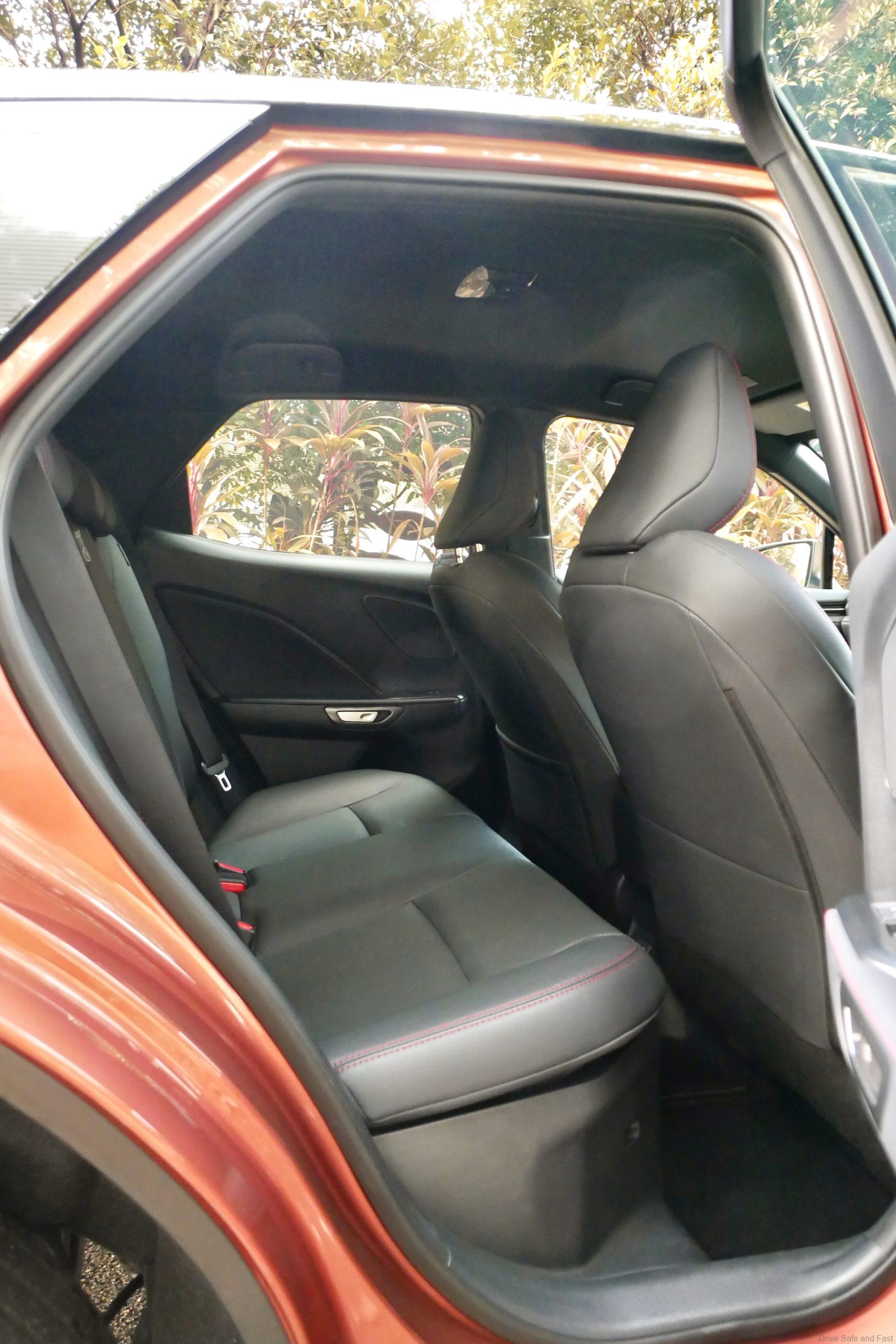
Up front is where the action is, and we have to praise the intuitive and ergonomic nature of this cabin before diving into the equipment.
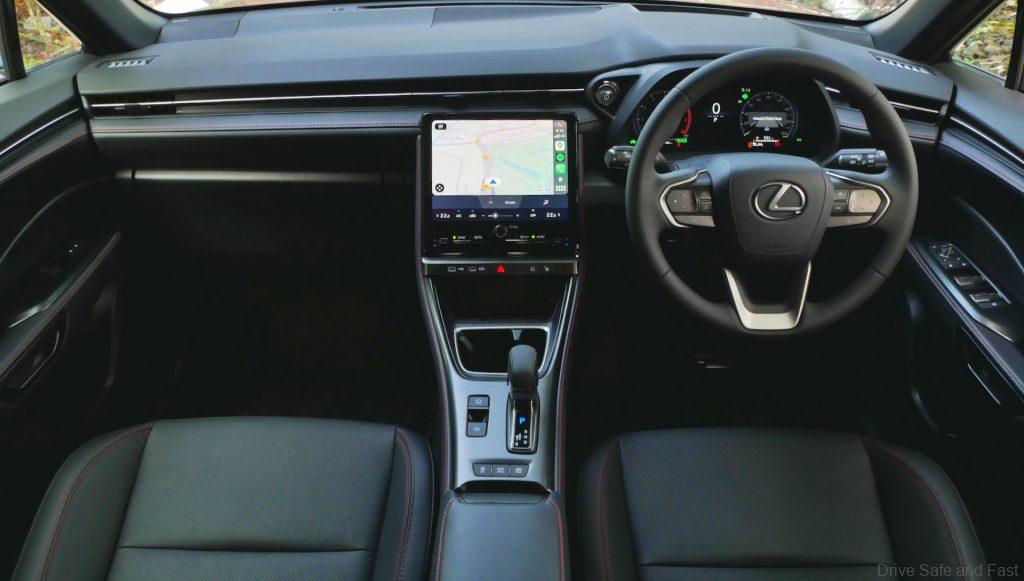
Equipment & Tech
First, you have that distilled Lexus experience we keep mentioning. Even though this vehicle is the entry point into the Lexus brand, you still get the E-Latch door handles from the NX and RX models. Exceptional stuff that requires less effort to open but has a small learning curve. Next, the steering wheel-mounted buttons are physical BUT there are capacitive sensors to detect when your finger is resting on a particular button.
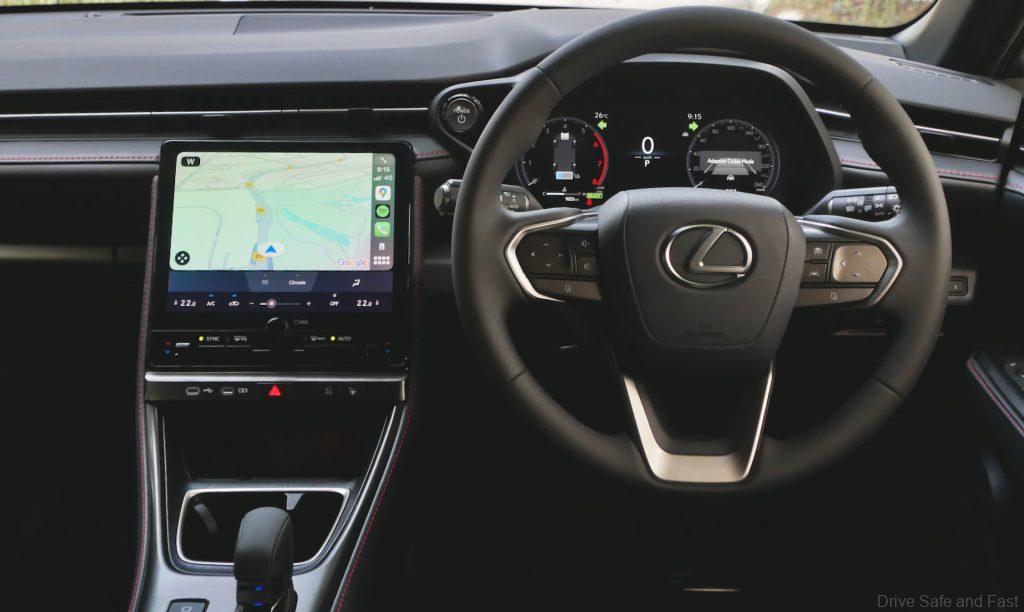
When this happens, the Heads-Up Display puts a little prompt up to show you what the function is for that button. This is great for a number of reasons. It lets you keep your eyes on the road while operating certain functions. It also allows Lexus to map context-sensitive controls to these buttons, allowing them to be unlabelled until touched. Very cool and the right way to handle context-sensitive buttons in a car. Completely unique in the industry too, as far as I can tell and a shame that it’s tough to photograph.

There are also other minor aspects to the interior that feel ‘Lexus’-like. The shift-by-wire gear selector, the soft-to-touch steering and selector leather, and the reachability of the new touch-enabled infotainment interface all come to mind. Speaking of this new interface, the digital screen here is fairly large on paper, but much of this real estate is occupied by permanently displayed air conditioning controls and menu items.
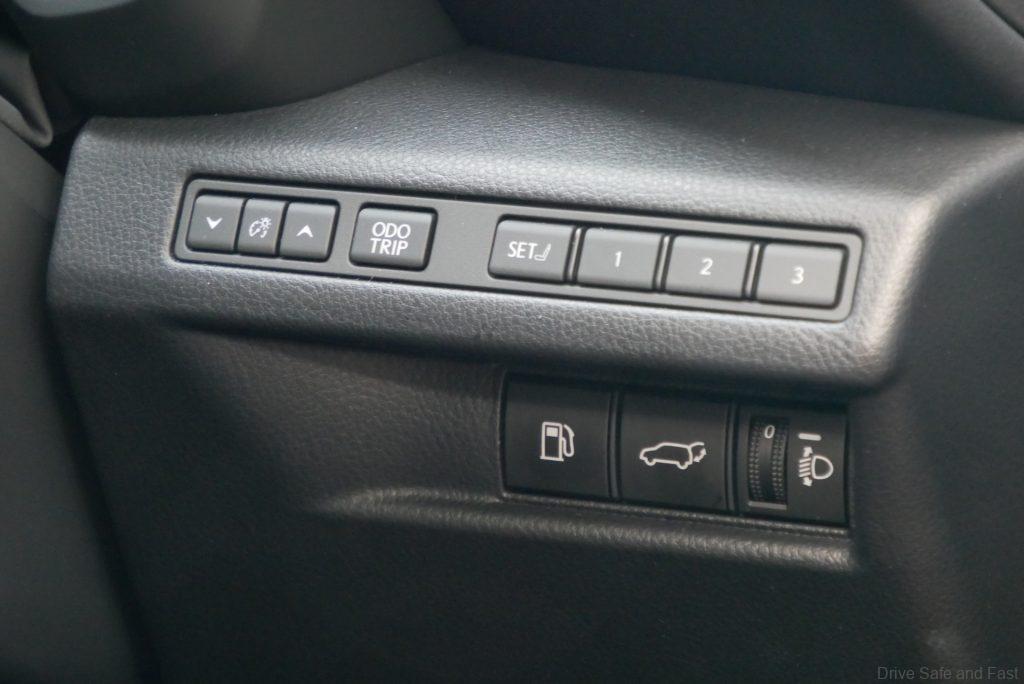
We’re okay with this approach as it allows quick access to certain functions. However, there was a bit of wasted space that could have been used to map more fixed quick-select functions. It was also a little odd to find cheap-feeling temperature toggles where the RX had nice knobs. A minor complaint but something that could be improved.
Practicality & Value
The lack of space is somewhat apparent, especially for someone of my size. However, Lexus engineers made the most of what they had. There’s a relatively large storage area under the gear selector, but one could forget about items stored here as it’s obscured by one’s legs. The gap where the wireless charger is located is also not deep enough, meaning your smartphone will hang half out of the storage area but at an angle so it doesn’t fall out or get flung out. The armrest is just about wide enough to accommodate one arm and has a movable and removable cupholder inside.
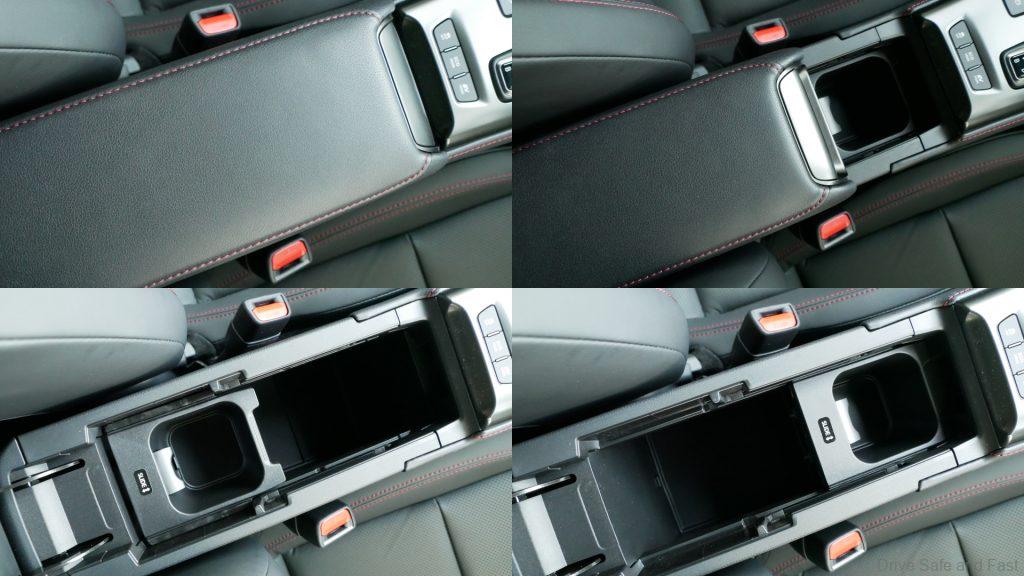
The glovebox is a bit small, but that’s partially because it’s pushed so far out of the way of the front passenger to give them room. You can make do in the Lexus LBX, and that’s about all one can expect from a car of this size. The only other thing to note is that they’ve decided to go for a very dark cabin with the LBX instead of the brighter colours of the UX, which does make it feel a bit more claustrophobic than it needs to be.

In terms of equipment, this Luxury spec is the one to go for as it comes with a panoramic camera – something that ought to have been standard. The additional RM30,000 also goes toward the larger 18” alloys (the standard rims are 17”) and Yokohama Advan V61 tyres, the aforementioned Heads-Up Display, a 13-speaker Mark Levinson sound system, and an Auto Parking feature.
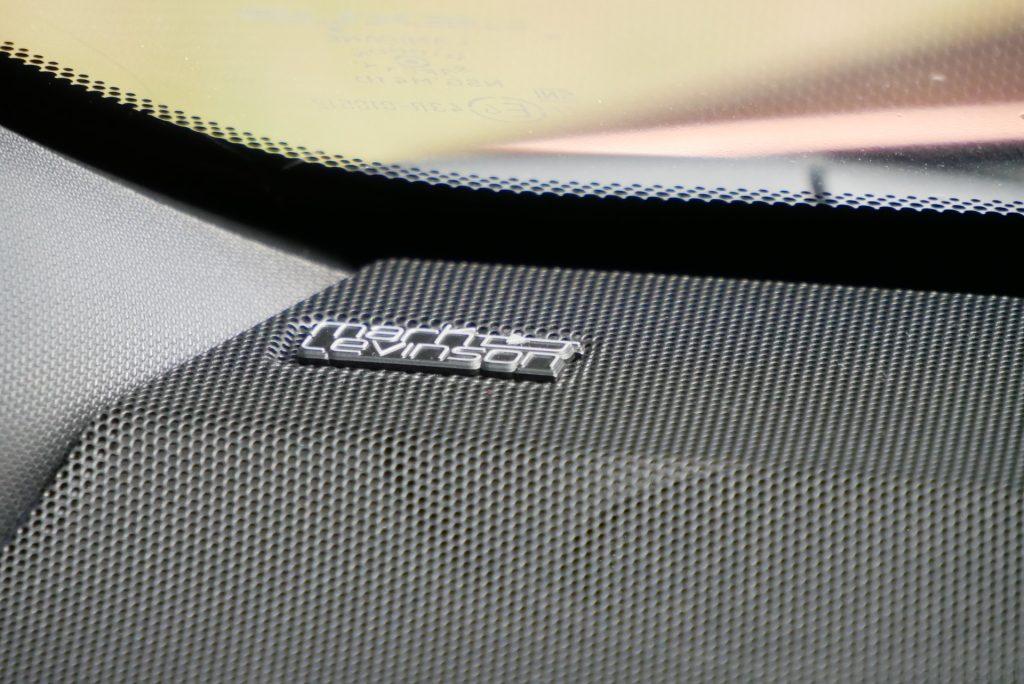
Overall, at RM268,888, the Lexus LBX Luxury might come across as a tough sell to many. It’s smaller and less powerful than many of its peers in the compact premium segment and there’s nothing that costs this much without a powered front passenger seat.






That being said, as a replacement for the CT200h, it’s actually an excellent candidate. You get modern-day luxury amenities, the latest tech and safety, a super-efficient powertrain, and some impressive handling characteristics. Plus it looks amazing and will likely hold its value better than anything else electrified at this price point. Lexus Malaysia offers a great warranty package with 5-years for the whole car and 8-years for the battery specifically, both without a mileage cap. What’s more, the battery warranty can be extended at cost. Being a Lexus, it’s one of the few fully-imported premium vehicles left in Malaysia and while the price tag is a little steep, it’s actually less expensive than the top-spec CT200h was at its peak.
2024 Lexus LBX Luxury Review
Engine: 3 Cylinder, 12 Valve, DOHC (Atkinson Cycle)
Capacity: 1490cc
Gearbox: eCVT
Max power (petrol): 90hp @ 3,800rpm
Max power (electric): 93hp
Max torque (petrol): 120Nm
Max torque (electric): 185Nm
Top Speed: 170 km/h
0-100 km/h: 9.6 seconds
Price: RM268,888

